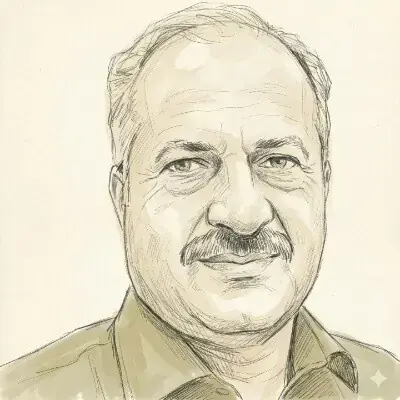PESHAWAR: The Elementary and Secondary Education (E&SE) Department will need to establish over 15,000 additional government schools for the enrolment of total 4.7 million out-of-school children in Khyber Pakhtunkhwa.
Official sources in the E&SE Department told Dawn that the figure of 15,000 new government schools surfaced in internal assessment of the department when it started deliberation on how to enrol 4.7 million out-of-school children and provide them the relevant education facilities.
A few months ago, alarm bills sounded in the education department when a survey about the children not attending school was shared with it.
According to the survey conducted by Benazir Income Support Programme, 39 per cent of Khyber Pakhtunkhwa’s 11.7 million children in the age bracket of 5-16 are out of school, including one million living in merged tribal districts.
The figure comes to fore in internal assessment of E&SE Department
The survey conducted as part of the BISP’s National Socio-Economic Registry census with the help of elementary and secondary schoolteachers had put the number of out-of-school children in the province at 4.7 million.
An official in the education department told Dawn that currently around 35,000 government schools were functioning in KP where 5.5 million children were getting education.
“It is beyond our financial resources and almost impossible for the Khyber Pakhtunkhwa government to construct 15,000 schools for the out-of-school children,” he said.
The official said every year the government approved construction of 300 government schools in the annual budget, including primary, middle and high schools. He said if the government started constructing the required 15,000 schools with the same ratio then it would meet the target in the next 50 years.
He said that construction of a six-room building for a primary school cost Rs30 million on the land given free of cost by the locals, while the cost escalated when there was no land donor.
“The construction of a building for a single government school is completed in minimum two years, while some time it takes three to four years,” he said.
The annual budget for the E&SE Dept was Rs205 billion, which includes Rs185 billion for salaries of the teaching and non-teaching staff and Rs 20 billion as development budget.
Commenting on the need for additional 15,000 schools, a senior official told Dawn that the existing mechanism of schools construction would not work.
“It’s right time for the policymakers to start thinking out of the box and adopt other ways and means to provide equal opportunities of getting quality education to the children,” he said.
Article 25(A) of the Constitution states that “The State shall provide free and compulsory education to all children of the age of five to 16 years in such manner as may be determined by law”.
An educationist said that for a country like Pakistan it was imperative that this obligation be actualised in the form of functional schools.
According to the BISP survey, the number of out-of-school girls in the province is 2.9 million, which comes to 53 per cent of the total 5.4 million girl population of the same age group. Of the 6.2 million boys, 1.7 million are out of school.
According to the survey, there are 11.7 million children in 5-16 age bracket in the province, including 1.8 million in tribal districts. The figures painted a grimmer situation for the merged districts as 74.4 per cent of girls and 38.5 per cent of boys in that age group are not attending school.
In settled districts, the percentage of such girls and boys was 47 and 27.2, respectively.
Kolai-Palas district topped the list of settled districts with the highest number of 77 per cent children not attending school, Upper Kohistan second with 70 per cent and Lower Kohistan third with 69 per cent out-of-school children.
Similarly, the percentage of such children was 61 in Torghar district, 55 in Shangla, 53 in Lakki Marwat, 51 in Tank and Battagram, 47 in Hangu and Bannu, 46 in Dera Ismail Khan, 44 in Peshawar, 40 in Buner, 41 in Swat, 37 in Kohat, 36 in Upper Dir, 31 in Charsadda and Nowshera, 30 in Haripur, 29 in Karak, Swabi and Lower Dir, 28 in Mardan, 25 in Lower Chitral and Mansehra, 21 in Malakand, 14 in Abbottabad and 12 in Upper Chitral.
In the merged tribal districts, North Waziristan has the most out-of-school children. Its 66pc children are not attending school, followed by 63pc in Bajaur, 61pc in North Waziristan, 51pc in Mohmand and Khyber, and 47pc in Kurram and Orakzai.
Minister for education Shahram Tarakai was not available for comments.
Published in Dawn, May 16th, 2022

































